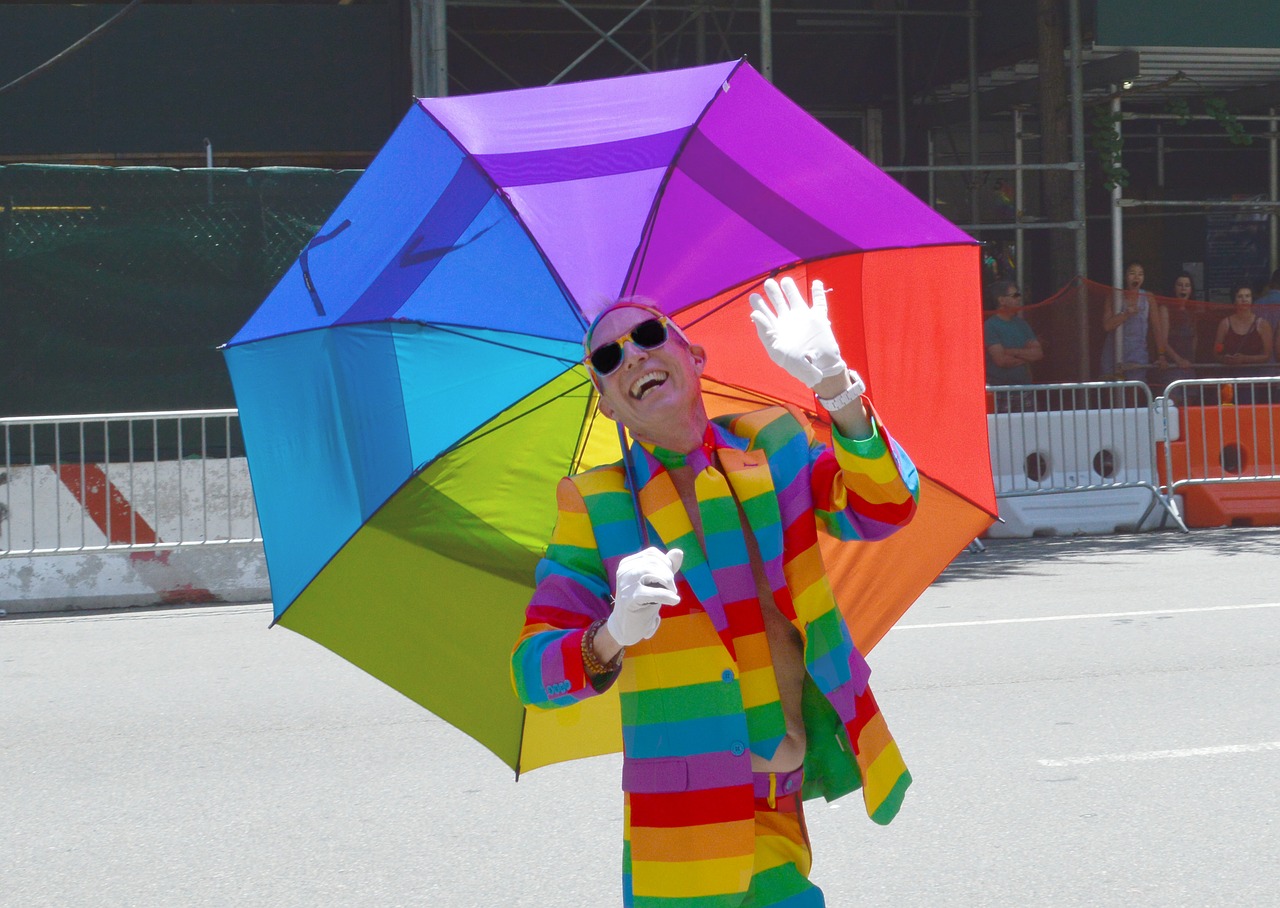Homosexuality has been a crime and a shameful act in India for years. People falling under the category of Gay, Lesbian, Bisexual, and Transgender are mocked and bullied here followed by isolation from the society. But with the recent historic decision taken by Supreme Court of India in 6th September 2018, a freedom of relief has flooded across the LGBTQ (Lesbian, Gay, Bisexual, Transgender) community people.
Breaking the strict law of 150 years old British era “Section 377” where gay sex was considered to be a punishable offense, Indian Supreme Court has declared that sexual orientation is a natural process and gay individuals too, have every right to engage in a private sexual activity and live life like a normal human being.
What is Section 377
The Section 377 law dates back to 1861 during the British era. According to this law any individual involved in consensual sexual activities “against the law of nature” like gay, lesbian is highly offensive and the individuals caught in the act should be punished severely. The punishment either involves heavy fine or imprisonment for more than 10 years. This law was declared in 2009 by Delhi High Court as a violation of fundamental rights due to which religious groups like Hindus and Muslims became aggressive and they decided to instigate the Supreme Court against the verdict given by Delhi High Court. They succeeded and in 2013 the Indian Supreme Court reinforced Section 377 once again overruling the verdict given by Delhi High Court.
The entire situation did not go well at all with the LGBTQ community and they criticized the decision by Supreme Court fiercely. All these continuing factors have kept these people always under wraps leading to violation of human rights ultimately.
Hence considering the above factors Supreme Court has reviewed the case again and again before taking this historic decision for the Gay individuals in 2018. The decision has been symbolized with the Rainbow coloured flag which can be seen fluttering from few days in streets, every news channels, social media, and all over the Internet. Millions of Indian people have come and showed their support towards this decision by the Supreme Court in numerous ways.
Reason for choosing the Rainbow Coloured Flag
We must be wondering what is the relation of the rainbow flag to the victory of Gay Sex freedom, well it’s because the flag is a common symbol of LGBTQ community. It was designed by Gay rights activist Gilbert Baker in 1978. It was in 1974 when Gilbert Baker met Harvey Milk, who was a popular gay icon of the United States decided to create a particular symbol to represent the LGBTQ community. The reason behind the rainbow color in the flag is it stands for togetherness in social community irrespective of gender, race, age, and nationality. Each different colors in the flag hold specific meaning- “Hot Pink” represents Sex, “Red” represents Life, “Orange” represent healing, “Yellow” represent Sunlight, “Green” represents nature, “Turquoise” represents art, “Indigo” represents harmony, and “Violet” represents spirit. This was the Flag to be first featured at Gay Freedom Parade in San Fransisco on June 25, 1978. Since then it became the symbol for LGBTQ community.
The Flag, however, has been modified color wise various times with addition and removal of different colors at different points of time finally leading to the present day pattern having red on the top followed by orange, yellow, green, blue, and violet. The Flag came more into effect as a symbol of the LGBTQ community after Harvey Milk was murdered in 27th November 1978. It has been a part and parcel of many controversies during the period of the 1980s regarding its open display but gradually it evolved to be the strongest symbol of the LGBTQ community and also became a symbol of pride representing the community’s identity across the world in numerous LGBTQ activism events, parades, and celebrations in many countries. Today India is also an addition in the country lists supporting Gay sex freedom displaying the Flag with strong enthusiasm.
The entire Act taken by Indian Supreme court is definitely the biggest step of progress for the conservative Indian society where the same-sex relationship has been considered as a social taboo over the years. It is like a new sense of freedom focusing on togetherness and justifying the Indian Fundamental Rights to let every individual live life of their own choice without being criticized by the society.
![]()



